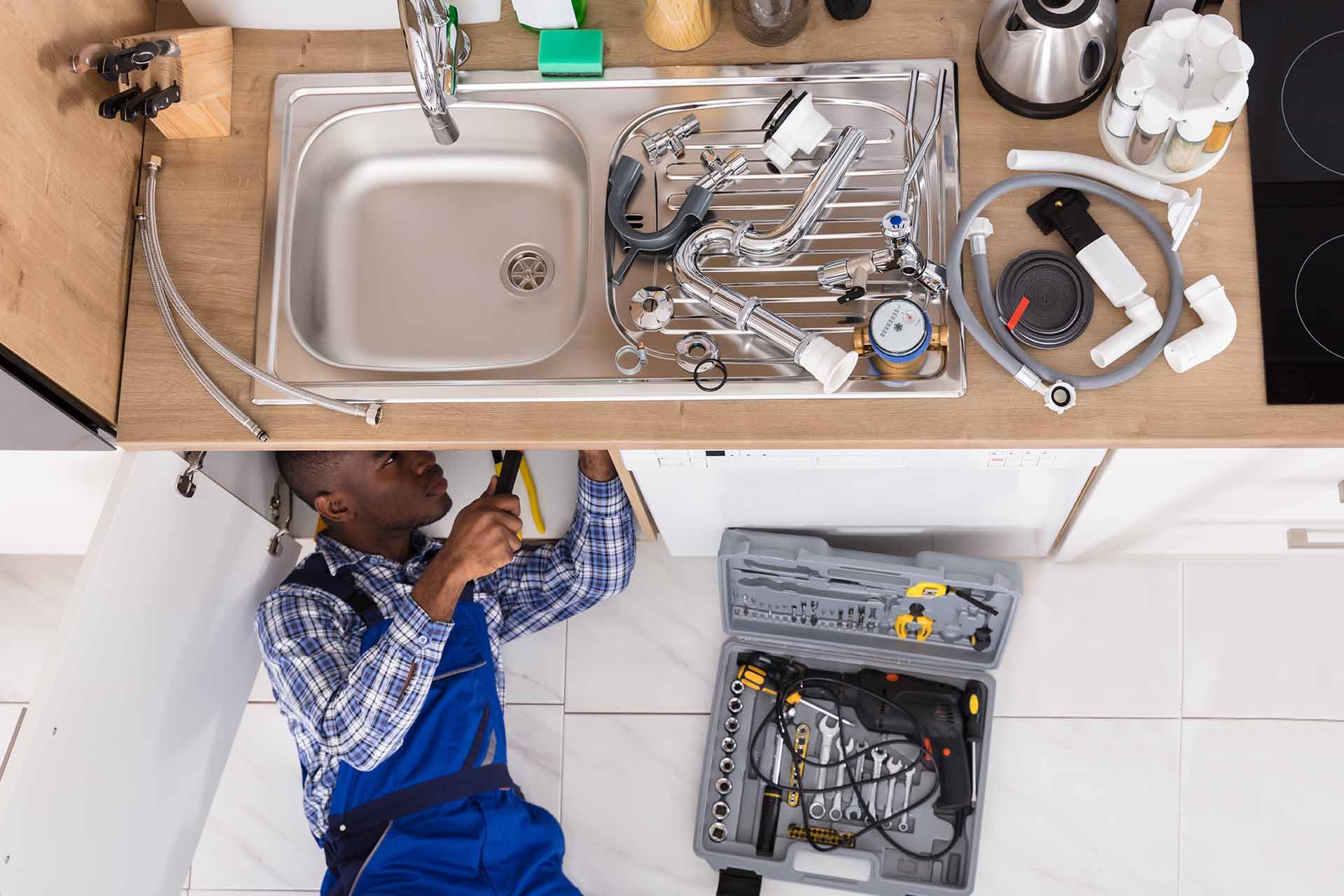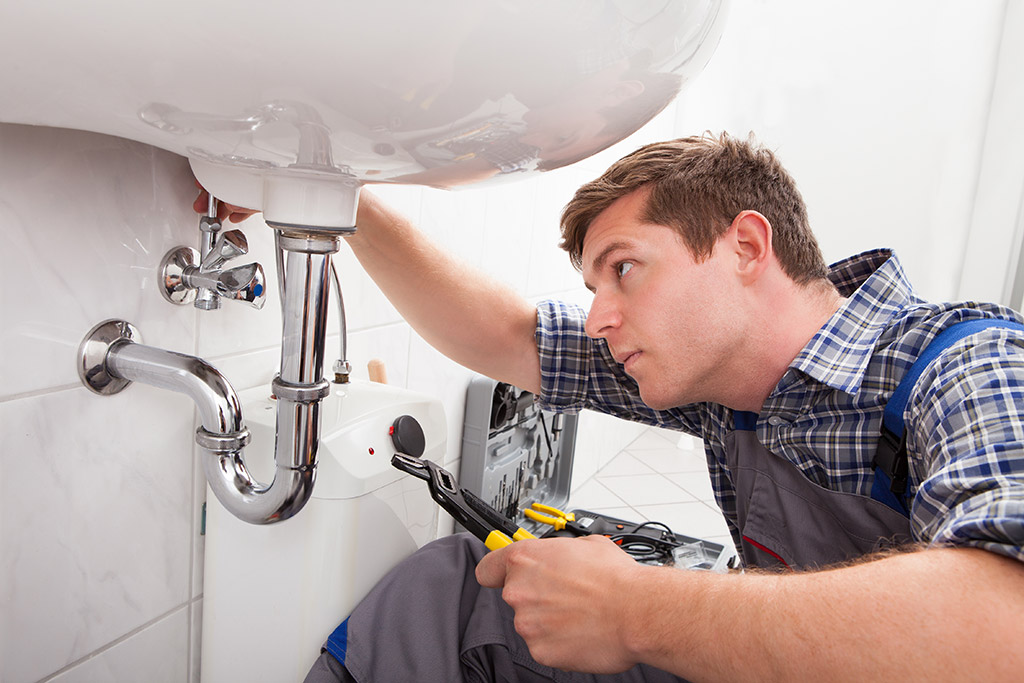Quality Water Heater Installation Alabaster AL for Optimal Convenience
Quality Water Heater Installation Alabaster AL for Optimal Convenience
Blog Article
A Detailed Guide to Effective Hot Water Heater Installation for Optimum Efficiency
Beginning on the job of installing a water heating system is a venture that demands accuracy and a systematic method for attaining optimal performance. As you continue, the complexities of attaching water supply lines and setting up trusted electrical or gas connections wait for, encouraging insights into making sure performance and dependability.
Choosing the Right Hot Water Heater

Following, consider the size and capability of the hot water heater. It's vital to examine your house's warm water needs, which can vary based on the number of passengers and their use patterns. A device that's too small may cause not enough warm water, while an oversized model may lead to unneeded power intake.
Performance ratings likewise play a critical function in choice. Try to find hot water heater with high Power Factor (EF) ratings, indicating exceptional efficiency and lowered power use. Tankless versions, though typically more expensive upfront, deal significant power cost savings gradually due to their on-demand heating capabilities.
Preparing the Installation Location
Prior to mounting a brand-new water heating system, careful prep work of the setup area is necessary. This makes sure a smooth setup process and aids stop future difficulties (Plumbing Services Alabaster AL). Begin by picking a proper area that adheres to regional building ordinance and safety and security requirements. The area needs to be completely dry, well-ventilated, and easily accessible for maintenance. It's crucial to gauge the area thoroughly to accommodate the hot water heater's dimensions, making certain appropriate clearance around the unit for reliable operation and maintenance.
Examine the flooring for security, as the water heating unit will certainly require a solid, level surface to operate efficiently. If essential, install a drip frying pan beneath the device to capture possible leakages or spills, protecting against water damages to the surrounding location.
Furthermore, make sure that all required tools and materials are on hand prior to starting the installment. This consists of products such as wrenches, screwdrivers, a level, and any additional hardware needed for securing the heater and placing. A well-prepared setup location sets the foundation for a successful water heating system arrangement, maximizing performance and safety and security.
Connecting Water Lines
When linking supply of water lines to your newly mounted hot water heater, it is important to make sure that all connections are leak-free and secure to keep effective procedure and stop water damage. Begin by recognizing the warm and cold water lines. The chilly water inlet is typically marked with a blue tag or a "C", while the warm water electrical outlet is marked with a red tag or an "H".
Use versatile water heating system connectors to facilitate a less complicated setup procedure. These ports can soak up vibration and permit for minor activity, minimizing the threat of leaks. Prior to attaching the adapters, put a plumbing technician's tape around the threaded ends of the hot water heater's inlet and electrical outlet pipelines - Plumbing Alabaster AL. This tape works as a sealant, stopping leakages. Carefully link the adaptable tubes to the respective inlet and outlet, making certain that they are not over-tightened however limited, which can damage the threads.
As soon as links remain in place, slowly switch on the primary water shutoff. Inspect each connection for leaks by visually really feeling and examining for dampness. Tighten up links as essential, and ensure the pressure safety valve is correctly installed, safeguarding versus extreme stress accumulation.
Establishing Electrical or Gas Connections
Appropriately establishing the electrical or gas connections for your hot water heater is an essential action find to make sure effective and safe operation. For electrical hot water heater, start by confirming that the electrical circuit is compatible with the heating system's voltage and amperage needs. Make sure the power supply is turned off at the circuit breaker to prevent crashes. Attach the electric cables to the heater adhering to the supplier's electrical wiring diagram. Generally, this involves attaching the ground cable to the eco-friendly terminal, and the remaining cords to their matching terminals, securing each with cord nuts.
For gas water heating systems, security is paramount. Verify that the gas supply is off before proceeding. Attach the gas line to the water heating unit using a versatile gas adapter, guaranteeing it is correctly threaded and secured with pipe joint substance or Teflon tape ideal for gas connections. Tighten up the connections with a wrench, taking care not to over-tighten (Plumbing Services Alabaster AL).
When links are made, inspect for any kind of potential leaks. For gas lines, use a soapy water remedy to the joints; bubbles indicate a leak. For electrical links, ascertain that all wiring is protected and appropriately shielded, preserving compliance with local electrical codes.
Changing and checking for Performance
With the electric and gas links securely in place, the next action is evaluating the operational efficiency of your water heating unit. Begin by meticulously transforming on the water supply and ensuring there are no leaks at any of the shutoffs or joints. As soon as validated, proceed to fill about his up the storage tank, taking note of the pressure and temperature settings. It is advisable to set the thermostat to a recommended temperature of around 120 ° F(49 ° C) to stabilize power effectiveness and comfort.
Next, carry out a detailed examination to make sure the heating elements or burner are working correctly. For electrical heating systems, use a multimeter to verify if the elements are attracting the proper present. In gas versions, observe the heater flame; it needs to be stable and blue, indicating reliable combustion.
Adjust the setups as required to eliminate ineffectiveness. Think about applying insulation actions, such as including a water heating unit covering, to better improve performance by lessening warm loss. In addition, inspect the anode pole's condition, as a deteriorated pole can reduce effectiveness and lead to storage tank corrosion.
Final Thought
Reliable water heating system installation is critical for guaranteeing optimum performance and energy savings. By choosing the ideal type and size, and diligently preparing the installation location, a foundation for success is developed. Securely linking water lines and carefully setting up electric or gas links reduce prospective concerns. Comprehensive screening for leakages and accurate thermostat changes to 120 ° F enhance integrity and efficiency. Adhering to these steps promotes long-lasting capability and power conservation in domestic water furnace.

Effectively establishing up the electric or gas links for your water heating system is a vital action to make certain effective and risk-free procedure. For electric water heating units, begin by confirming that the electric circuit is compatible with the heating unit's voltage and amperage needs. Attach the gas line to the water heating system using a flexible gas connector, ensuring it is correctly threaded and secured with pipeline joint compound or Teflon tape suitable for gas links.
Report this page